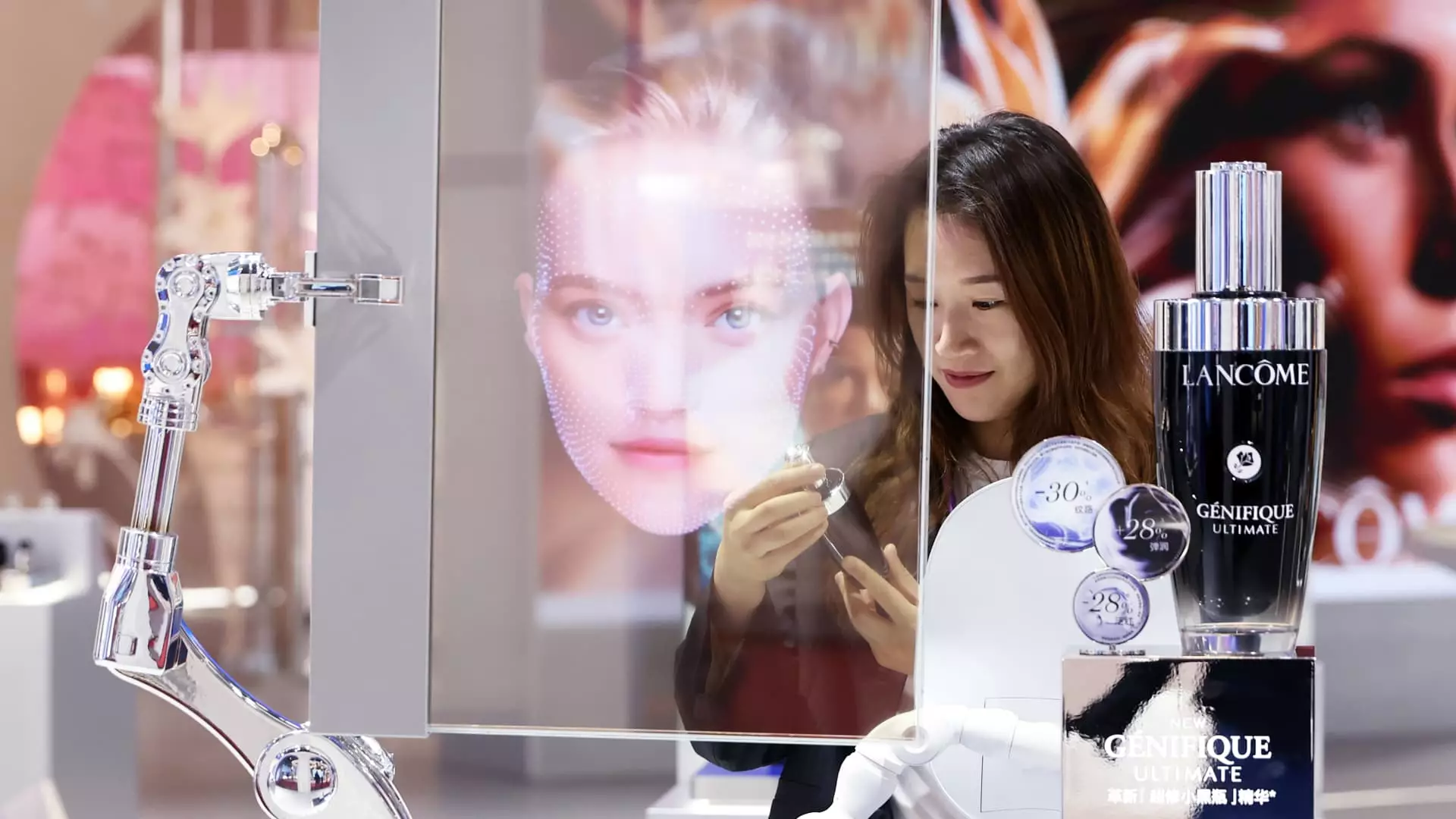L’Oreal, the French cosmetics powerhouse, has recently disclosed its fourth-quarter results, which fell short of market expectations. The company reported sales of €11.08 billion (approximately $11.49 billion) for the last quarter of the year, representing a 2.5% increase on a like-for-like basis. This growth, while positive, was marginally below the projected €11.1 billion that analysts had anticipated according to the LSEG poll. The inability to meet expectations raises questions about the brand’s market strategies, particularly in a climate marked by shifting consumer behavior.
A deeper dive into regional sales reveals a stark contrast in performance. While L’Oreal experienced growth in various divisions, North Asia stood out with a concerning 3.6% decline in sales. This downturn is not an isolated incident but rather a continuation of a trend observed in preceding quarters, indicating persistent issues in one of the largest beauty markets worldwide. Meanwhile, North America’s growth was also tepid at 1.4%, a significant drop from the previous quarter’s 5.2% growth. Such regional discrepancies could illuminate the broader implications of L’Oreal’s operations and reveal potential weaknesses in its market adaptation strategies.
The overall context of the beauty industry appears tumultuous, with L’Oreal not navigating these waters alone. The luxury segment, including major player LVMH, has also faced investor disappointment due to weaker-than-expected results. As L’Oreal’s CEO, Nicolas Hieronimus, pointed out, the “Chinese ecosystem remained challenging,” a sentiment echoed across the luxury goods sphere. This shared struggle emphasizes that the challenges faced by L’Oreal may not be purely company-specific but reflective of larger economic trends affecting consumer sentiment and spending, particularly in China.
Despite the sobering results, Hieronimus expressed optimism about the potential for growth in the global beauty market. This confidence may be rooted in a desire to pivot towards an aspirational recovery, as the macroeconomic landscape evolves. However, maintaining this optimistic outlook requires strategic foresight and nimbleness in reacting to market conditions. The threat of escalating global trade tensions, particularly between the U.S. and China, looms large over consumer goods companies, including L’Oreal. Fresh U.S. tariffs on Chinese imports could further dampen an already strained market, necessitating a reevaluation of supply chain strategies and pricing models to remain competitive.
L’Oreal’s recent quarterly results reflect not only internal challenges but also external pressures that influence its market position. As consumer preferences shift and global economic conditions fluctuate, the company must adopt a more adaptable approach. This may involve innovative product offerings that resonate with a diverse consumer base, enhanced marketing strategies to rejuvenate brand perception, and strategic planning to mitigate risks associated with international trade. Achieving sustained growth will depend on L’Oreal’s ability to respond effectively to these multifaceted challenges while capitalizing on emerging opportunities across the global beauty landscape.


Leave a Reply